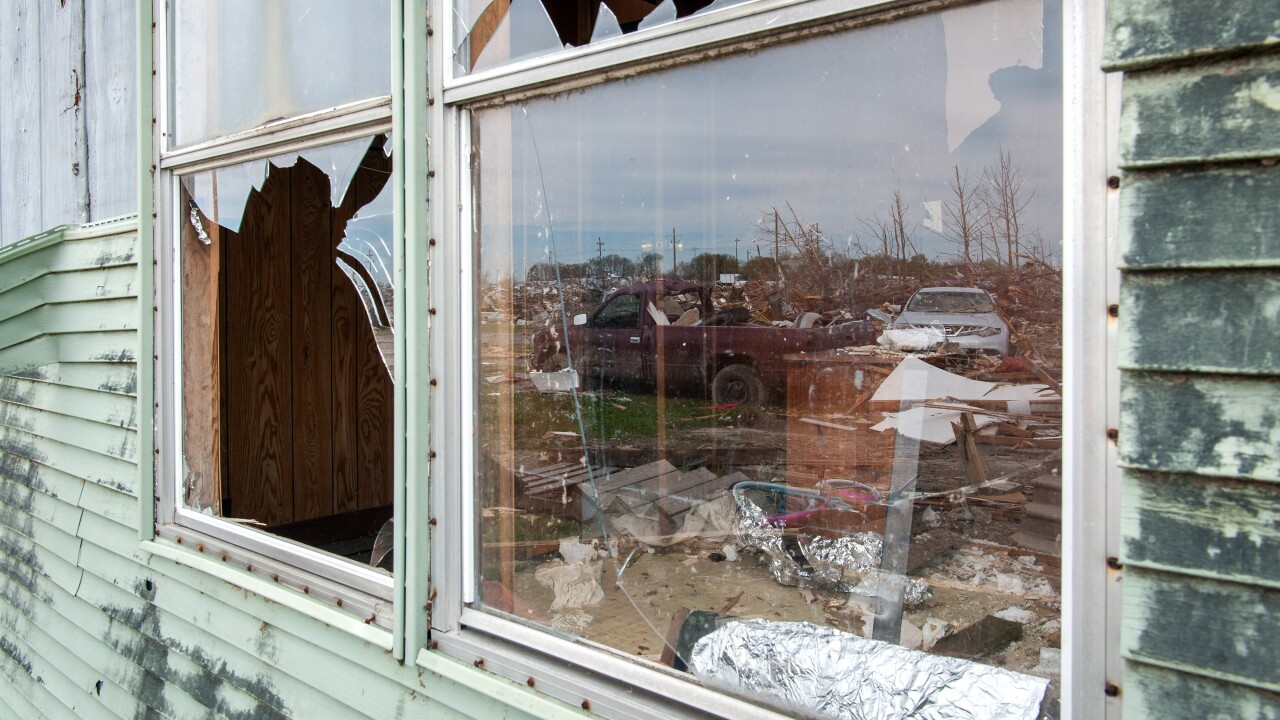Significant differences remain in foreclosure pipelines between judicial and nonjudicial states such as the amount of time it takes to clear default loans, according to Lender Processing Services.
In its January mortgage monitor report, the Jacksonville, Fla.-based analytic firm said 42% of the 2,164,000 loans in foreclosure last year are still in that stage now. Overall, approximately 5.2 million properties are 30 or more days delinquent or in foreclosure as of the end of January, LPS said.
Furthermore, 58% of the foreclosure inventory in judicial states is more than two years past due, while nonjudicial states have only 33% of loans delinquent for this amount of time.
Herb Blecher, senior vice president of applied analytics at Lender Processing Services, stated that on average, pipeline ratios—the rate at which states work through their existing backlog of loans either in foreclosure or serious delinquency—are almost twice as high in judicial states than nonjudicial states.
Additionally, LPS said foreclosure sale rates in nonjudicial states are more than two times greater than states who utilize the court system for the default foreclosure process.
“At today’s rate of foreclosure sales, it will take 62 months to clear the inventory in judicial states as compared to 32 months in nonjudicial states,” Blecher said. “A few judicial states—New York and New Jersey in particular—have such extreme backlogs that their problem-loan pipelines would take decades to clear if nothing were to change.”
One of the reasons why there is a stark contrast in foreclosure pipelines between judicial and nonjudicial states is because of legislative actions. For example,
A second state where legal action (Eaton v. FNMA) forced lenders to prove ownership at the foreclosure sale with a mortgage and promissory note in order to proceed with foreclosure is Massachusetts. As a result of this case, the pipeline ratio since June 2012 has gone from 75 to 171 months, Blecher stated.
Another notable result from this month’s report is that new problem loan rates, primarily from 2005-2007 vintages, are still high in regions with large numbers of underwater borrowers. LPS said “sand states” like Nevada, Florida and Arizona, are still seeing high levels of negative equity, 45%, 36% and 24%, respectively, as well as higher-than-average levels of new problem loans.
Also, new problem loan rates in nonjudicial states declined slightly over the last six months. Conversely, there was a nearly 20% increase in judicial states during this time period.
As reported in




